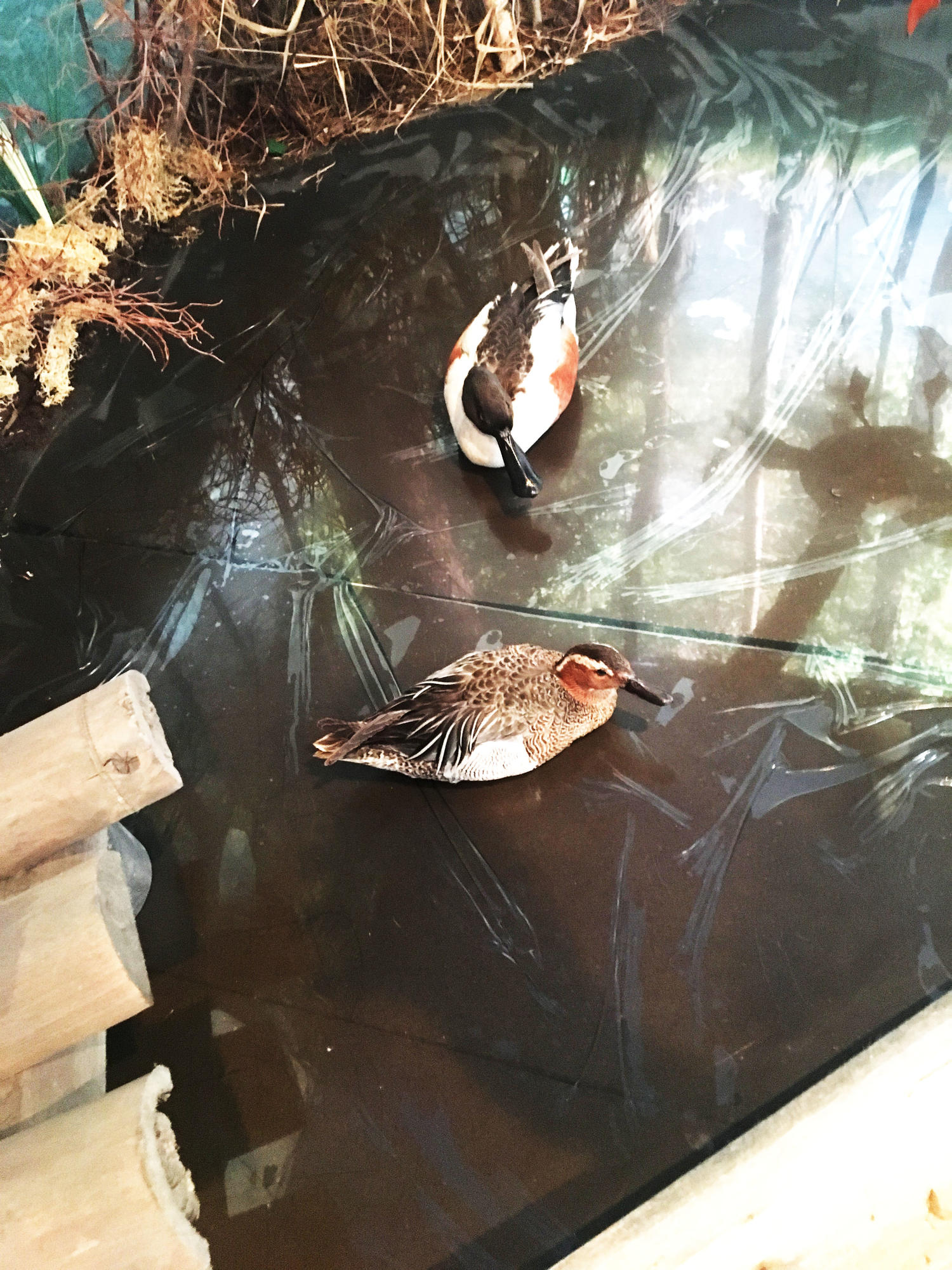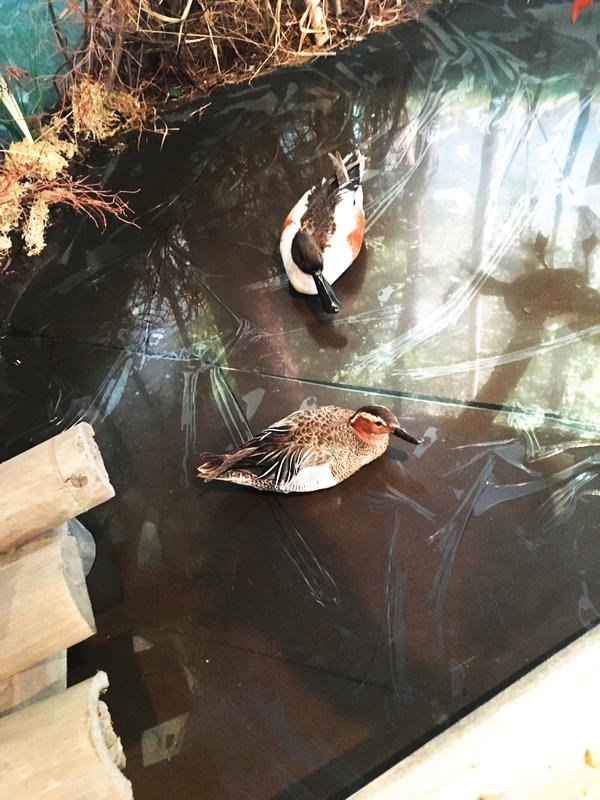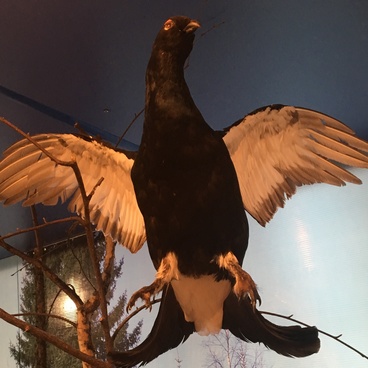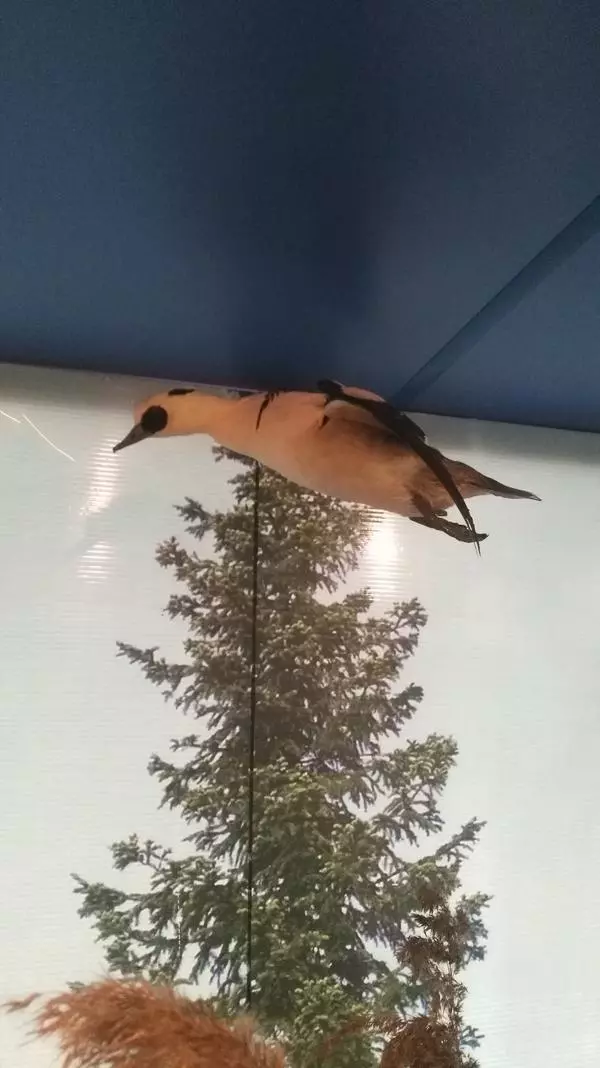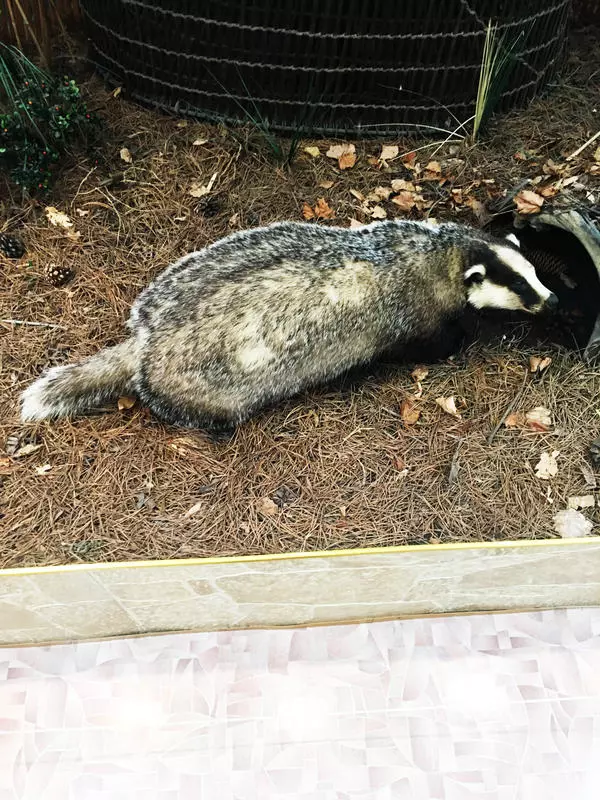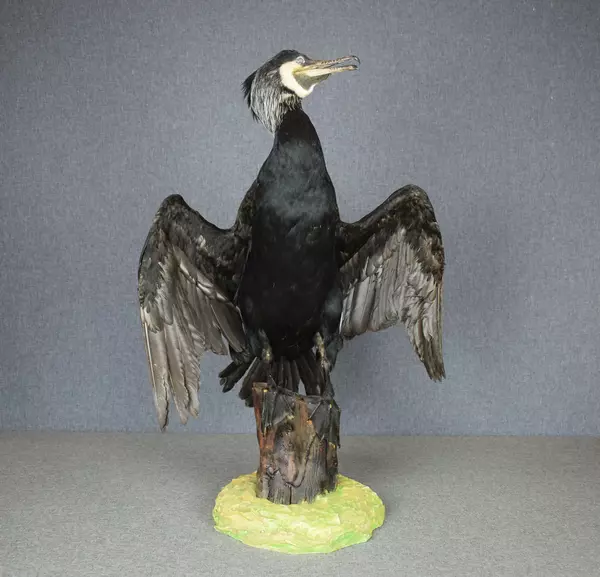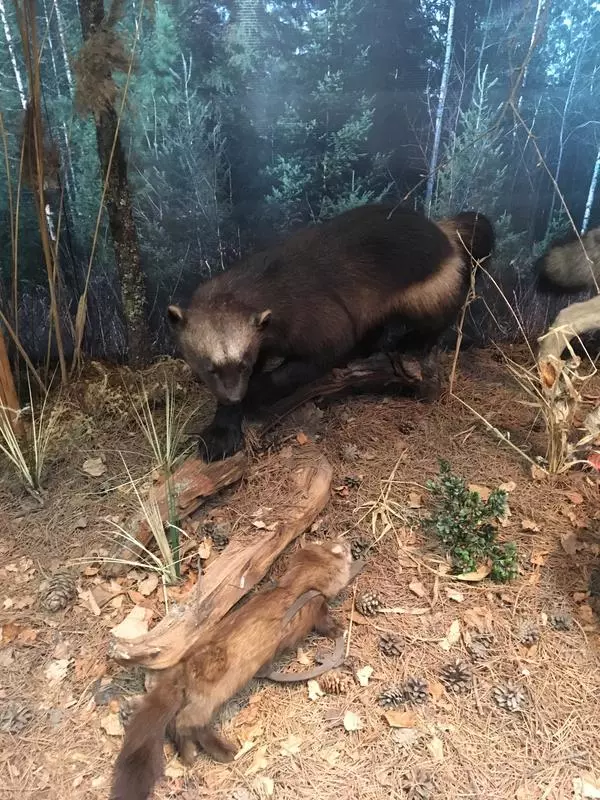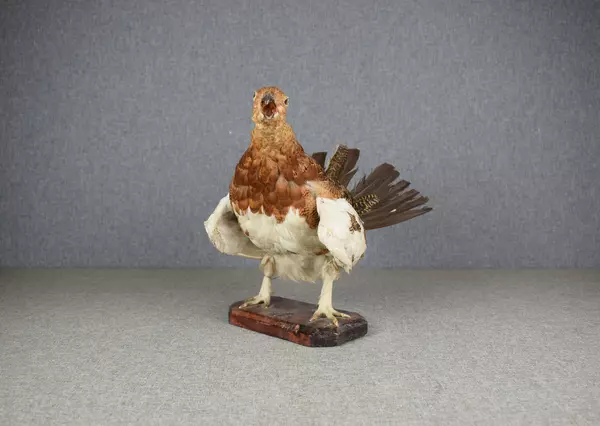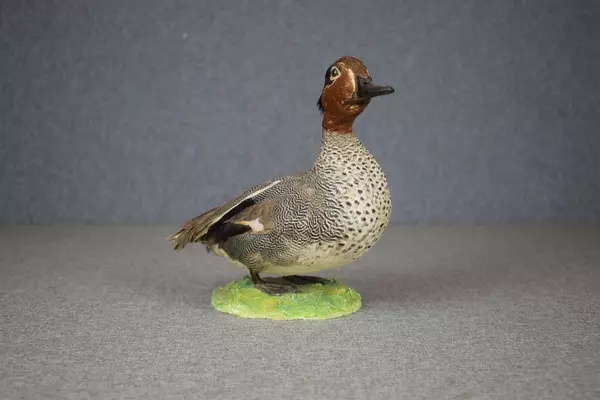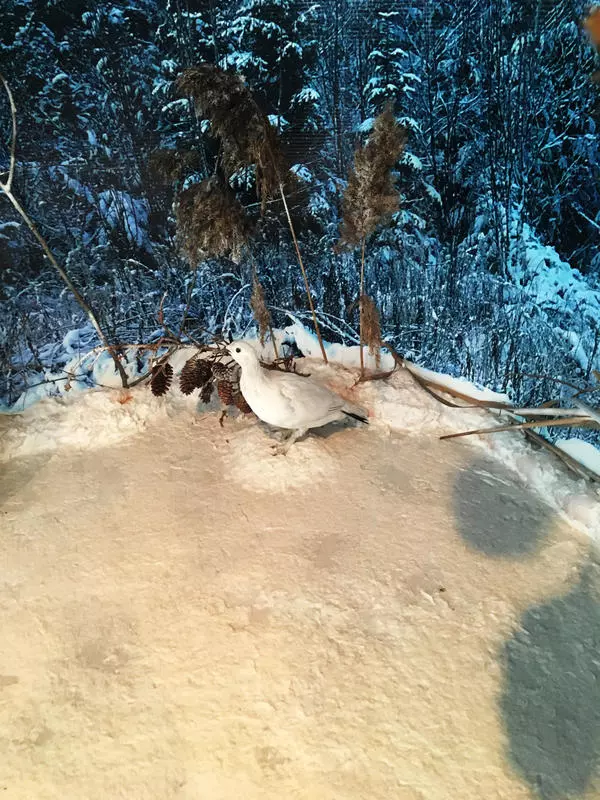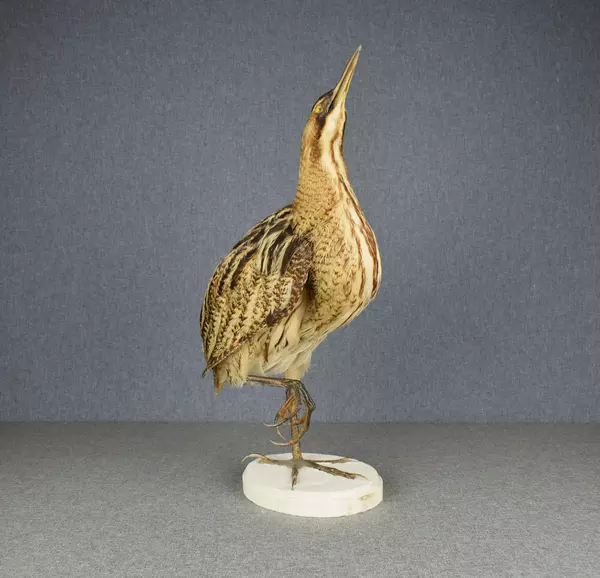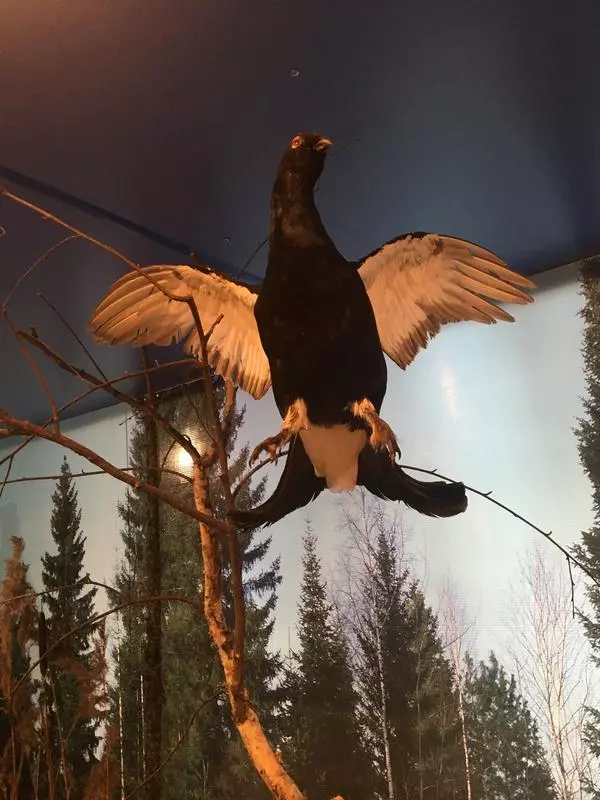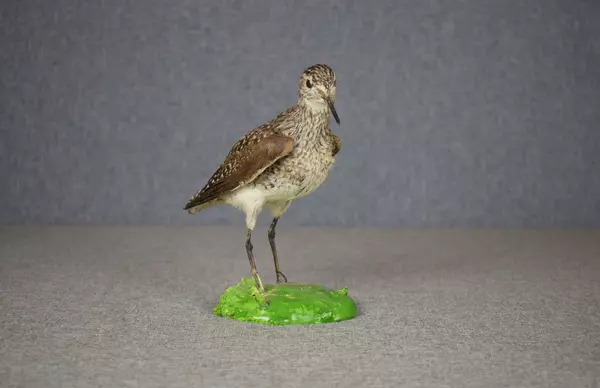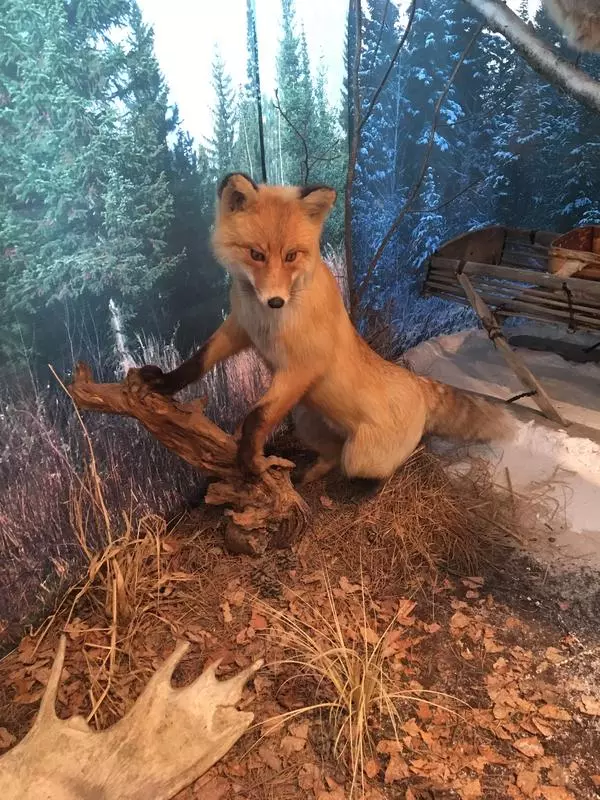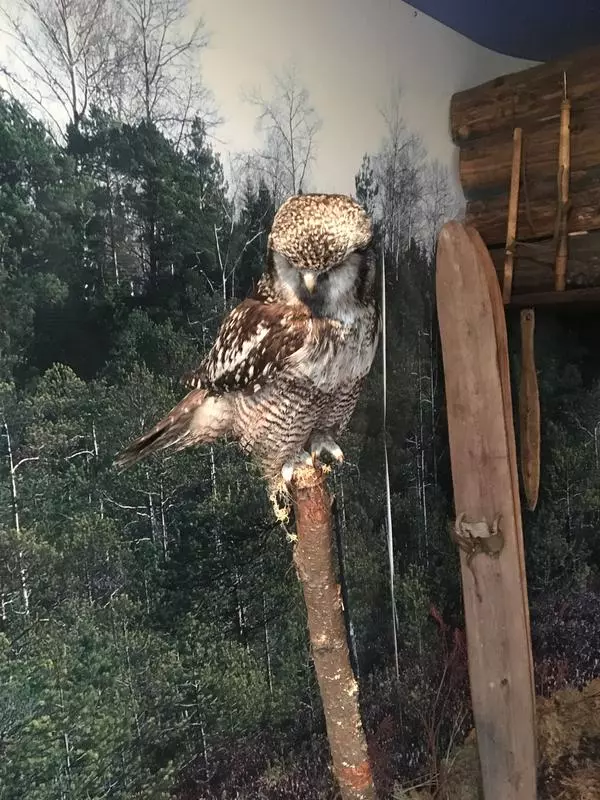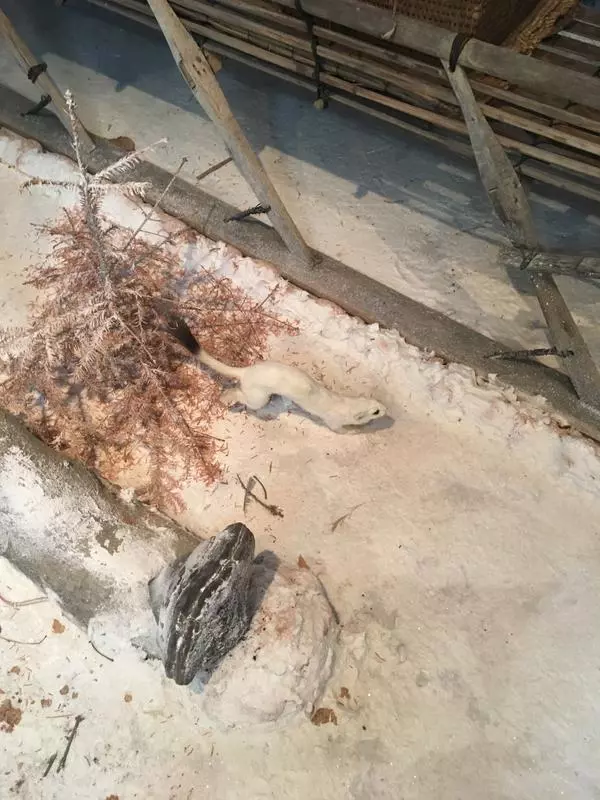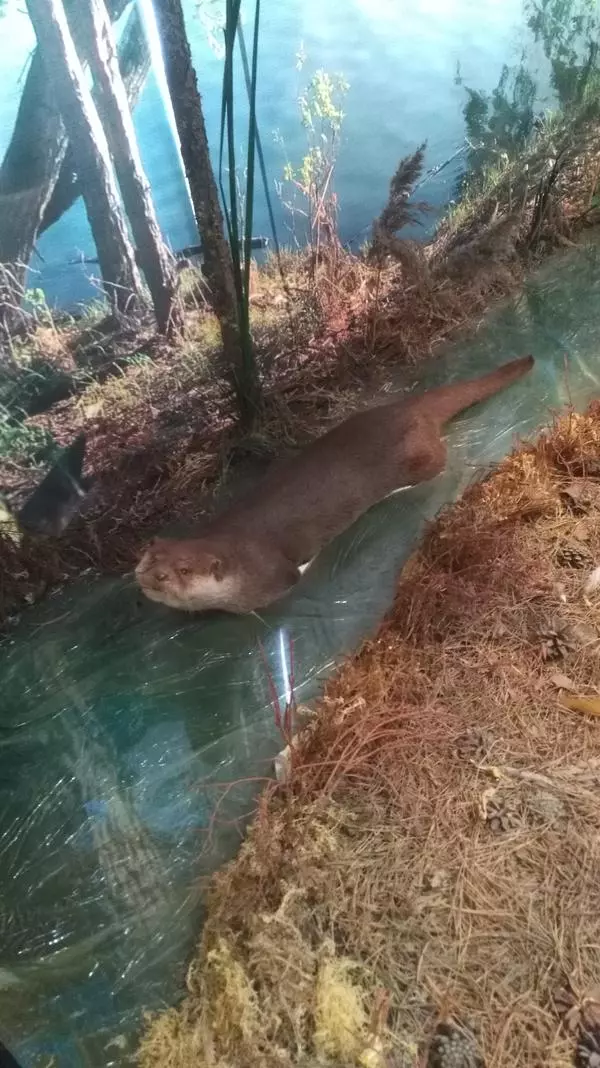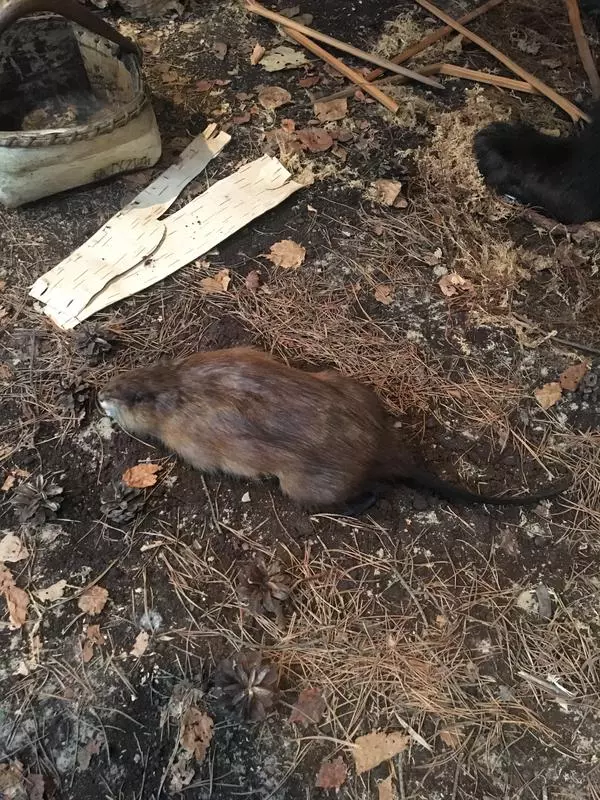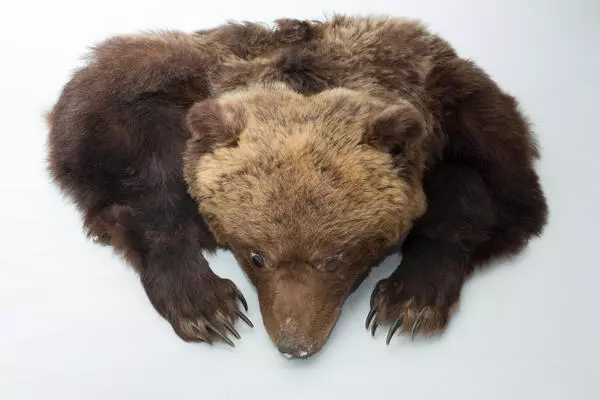Shoveller is a waterfowl from the family of ducks. It got its name due to the pronounced extending beak. This is a widespread river bird found in Eurasia and North America.
Shovellers settle at large reservoirs, where there is a lot of vegetation. They especially love when reeds, cattail and tall grass grow along the shores. Often they can be found on lakes, ponds and reservoirs located in the steppe zone. Shovellers are omnivorous: they can feed on mud, duckweed and other plants. However, they prefer to eat food of animal origin: small crustaceans, mollusks, insects and their larvae. Ducks collect food from the surface of the water or from the bottom, upon dropping the beak into the water.
Shoveller nests in the grass — most often on islets located in the center of the reservoir. If there are no such places, they make homes in dense grass along the banks. Only the female is engaged in the nest construction. It dugs out a depression reaching 15-20 cm, and lines it with soft dry grass and foliage. After that, the duck covers the nest with fluff torn from its chest. Only female ducks incubate eggs and take care of the offspring until the chicks begin an independent life.
Garganey teal is akin to shoveller, it is one of the smallest ducks. It is known primarily for its unusual sonorous crackling, which is heard only during the mating season.
These miniature birds live on the banks of shallow ponds and marshes, rivers and lakes. The main thing is that they need to be covered with tall grass — sedge or reed. Thickets are required for garganey teals, in the same way as for shovellers, to arrange their homes.
The food ration of these birds is diverse: they eat both plant and animal food. It includes fry of fishes, tadpoles, crustaceans. In spring, ducks primarily eat the vegetative part of plants, such as hornwort and vallisneria. In rock cress and bur-reed, they are primarily attracted by seeds that they peck. Garganey teals get their food from the surface of water bodies, can partially immerse themselves in water, but they do not dive.
Garganey teals are migratory species. They are able to withstand travels over long distances, they spend winters in southern Sahara, departing from the northern or northeastern regions of Russia. Birds fly quickly, constantly maneuvering, and if they need to sit on the water surface, they do it gracefully and soundlessly.
Shovellers settle at large reservoirs, where there is a lot of vegetation. They especially love when reeds, cattail and tall grass grow along the shores. Often they can be found on lakes, ponds and reservoirs located in the steppe zone. Shovellers are omnivorous: they can feed on mud, duckweed and other plants. However, they prefer to eat food of animal origin: small crustaceans, mollusks, insects and their larvae. Ducks collect food from the surface of the water or from the bottom, upon dropping the beak into the water.
Shoveller nests in the grass — most often on islets located in the center of the reservoir. If there are no such places, they make homes in dense grass along the banks. Only the female is engaged in the nest construction. It dugs out a depression reaching 15-20 cm, and lines it with soft dry grass and foliage. After that, the duck covers the nest with fluff torn from its chest. Only female ducks incubate eggs and take care of the offspring until the chicks begin an independent life.
Garganey teal is akin to shoveller, it is one of the smallest ducks. It is known primarily for its unusual sonorous crackling, which is heard only during the mating season.
These miniature birds live on the banks of shallow ponds and marshes, rivers and lakes. The main thing is that they need to be covered with tall grass — sedge or reed. Thickets are required for garganey teals, in the same way as for shovellers, to arrange their homes.
The food ration of these birds is diverse: they eat both plant and animal food. It includes fry of fishes, tadpoles, crustaceans. In spring, ducks primarily eat the vegetative part of plants, such as hornwort and vallisneria. In rock cress and bur-reed, they are primarily attracted by seeds that they peck. Garganey teals get their food from the surface of water bodies, can partially immerse themselves in water, but they do not dive.
Garganey teals are migratory species. They are able to withstand travels over long distances, they spend winters in southern Sahara, departing from the northern or northeastern regions of Russia. Birds fly quickly, constantly maneuvering, and if they need to sit on the water surface, they do it gracefully and soundlessly.
